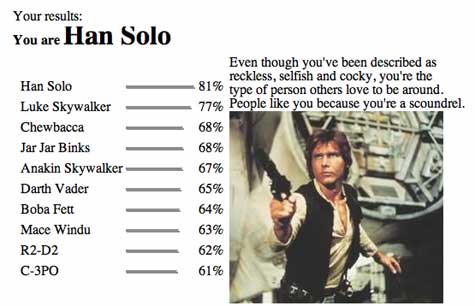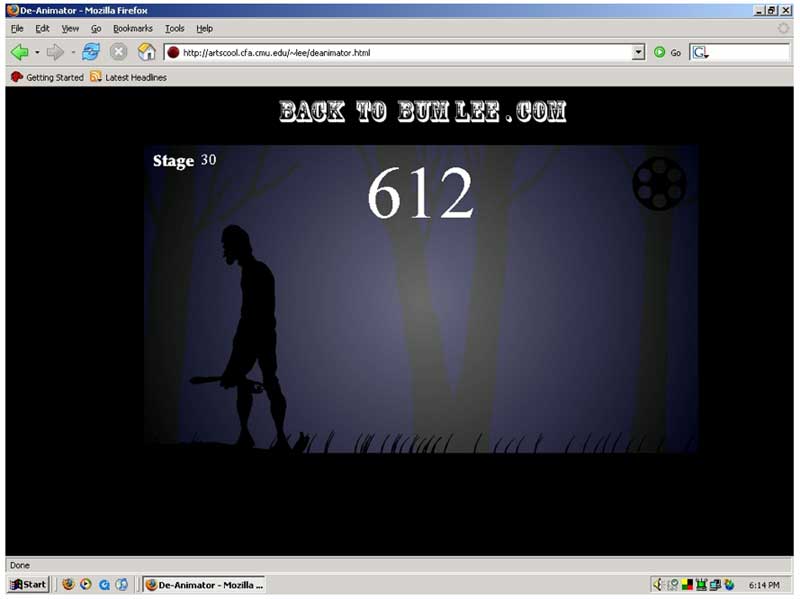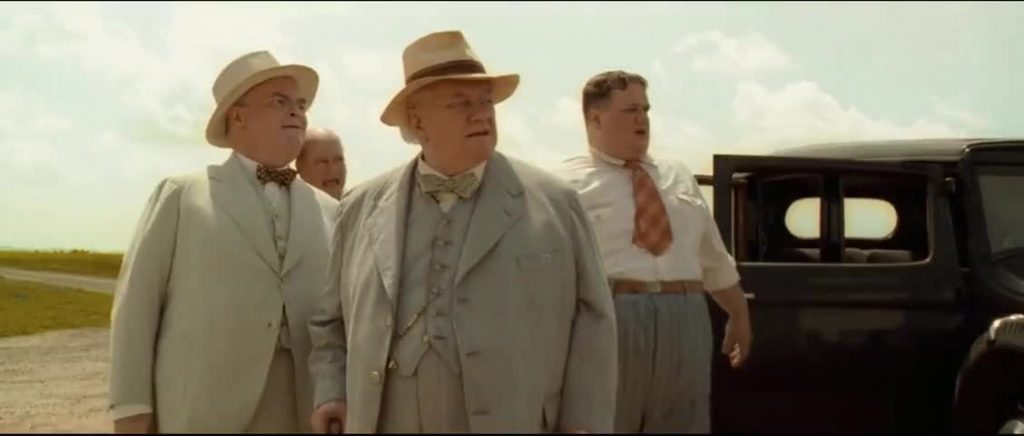 In the early 90s (probably 1993), I went to the Directors Guild of America to see a Peter Sellers retrospective. I was not a huge Sellers fan at that point. I had seen him a couple of times on the Muppet Show, and mainly associated him with the Pink Panther series. It was a pretty wild retrospective because the folks who were running it spent some time talking about the significance of Sellers as a comic genius, and how it was completely ludicrous that he did not have a star on Hollywood Boulevard. Now I don’t know if he ever got that well-deserved star, but I did come away from this retrospective with a new found love of Peter Sellers. The retrospective introduced me to films like Blake Edwards’s The Party (one of my personal favorites), Being There in all its unintentional genius, and, of course, the unbelievable tour-de-force of Sellers in Dr Strangelove. All brilliant performances, but there were many more -most of which I still haven’t seen like I love you, Alice B. Tolkas.
In the early 90s (probably 1993), I went to the Directors Guild of America to see a Peter Sellers retrospective. I was not a huge Sellers fan at that point. I had seen him a couple of times on the Muppet Show, and mainly associated him with the Pink Panther series. It was a pretty wild retrospective because the folks who were running it spent some time talking about the significance of Sellers as a comic genius, and how it was completely ludicrous that he did not have a star on Hollywood Boulevard. Now I don’t know if he ever got that well-deserved star, but I did come away from this retrospective with a new found love of Peter Sellers. The retrospective introduced me to films like Blake Edwards’s The Party (one of my personal favorites), Being There in all its unintentional genius, and, of course, the unbelievable tour-de-force of Sellers in Dr Strangelove. All brilliant performances, but there were many more -most of which I still haven’t seen like I love you, Alice B. Tolkas.
That being said, the character that I continue to mentally quote more than any other Sellers’s performance I have seen is Clare Quilty from Stanley Kubrick’s 1962 film Lolita. This character is relatively minor in Nabokov’s brilliant novel, but takes on a much more significant role in the film. In fact he in many ways becomes on of the centers of the film which is evidenced by Kubrick’s daring creative choice to reorganize the narrative sequence of the novel by making “Dr. Humbarts” murder of Quilty the first scene of the film. Quilty is a protean character that is dogging Humbert Humbert throughout the film in the form of several imagined characters that very much foreshadow Sellers more celebrated performances in Dr. Strangelove. Quilty acts as a deranged conscience for the audience, constantly finding the opportunity to remind Humbert of his moral crimes while at the same time waiting for the moment to engage in it as well. Below are four scenes from Lolita that highlight some of the amazing dialogue and acting that has continually brought me back to the idea of genius in the context of a film.
I recently had the good fortune to talk with Gardner at length about a whole host of things recently, and when we meandered around to the subject of auteur theory in film studies I told him that “C.H.U.D. and Barry Lyndon are one and the same for me.” I know, I know, I really do try and get Gardner’s goat, but it’s only because I love him so damn much! I guess the problem for me with auteur theory on a very practical level is echoed by Paulene Kael’s articulation of the problems with this approach in The New Yorker magazine during the 1960s. Namely, she argues that such a theory tends to reify one figure of genius, often cutting out the more complex series of relations between a director and the myriad talents that bring any given film together. When anyone talks about a Kubrick film, it often focuses on the genius, vision, and power of Kubrick, I don’t discount any of this in relationship to Kubrick -I mean he was from the da Bronx and he had an unbelievable vision for film. Nonetheless, Kubrick worked in collaboration with thousands of people to produce his oeuvre which makes his vision constantly dependent upon the distributed genius of so many other people. Such a synecdochic figure whereby one part of a production gets distilled to the source of one person’s brilliance (the great individual theory of film?) characterized by box sets like “The Kubrick Collection” is potentially reductive and pushes film scholars and fans alike to attribute genius in a unilateral manner.
Another problem with auteur theory is the ways in which it attempts to rein in meanings by reading film according to a director’s intentions. When we think about the film as text does the question of intentionality begin to dictate a hermeneutic approach? Does a director’s vision (even if clearly articulated in the commentary) necessarily prescribe a reading? The power of creative works are their ability to defy intentionality, to exceed meanings, and to imbue the viewer, reader, etc. with a possible readings that are both unintentional and generative. Thinking films through directors is a valuable approach, but still only one approach among many to understand a film. In fact, I often think it’s more of a marketing tool to sell a brand than to highlight the complex organism that is the psychic life of the visual synapses of film. Thinking film through genres is one way of thinking about form and style as a constant conversation between films, a way in which actors, directors, cinematographers, set designers, gaffers, and production assistants may be working in relationship to larger cultural issues that are not so easily isolated to the genius of one mind. Reading Kubrick’s films as an exploration of genre is one way of placing his work in a bit more context, offering more cross-fertilization and possibility for complex connections and readings rather than some essentialized focus on the often abused notion of genius (I am one of the biggest offenders of this word mind you).
All this to say, how much of the power of any Kubrick film has to do with the folks he has surrounded himself with. Gardner mentioned that 60-70% of any great film might be attributed to the casting of parts. So with that, I’d like to thank James Liggat whose brilliance needs to be recognized once and for all, for he has silently labored in the shadow of the looming genius of Kubrick to humbly bring you a character whose innumerable guises in Lolita represent one of my favorite film characters of all time: Quilty!. Enjoy.
https://vimeo.com/426519022



 In the early 90s (probably 1993), I went to the Directors Guild of America to see a
In the early 90s (probably 1993), I went to the Directors Guild of America to see a 


